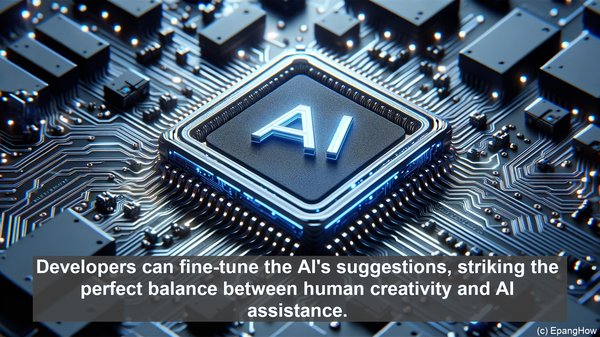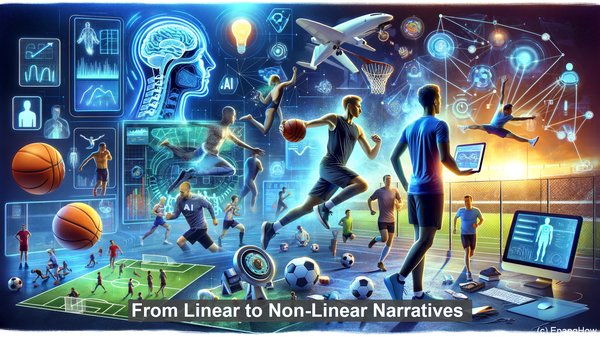Introduction: The Fusion of ChatGPT and Gaming
Welcome, gaming enthusiasts! Today, we embark on an exploration of the dynamic relationship between ChatGPT and gaming. As AI technology continues to evolve, it has found a remarkable application in the realm of gaming. By enabling developers to create rich dialogues and immersive narratives, ChatGPT has become a game-changer. Let’s delve into the intricacies of this fascinating collaboration!
The Power of Engaging Dialogues
In any game, dialogues serve as a crucial medium of communication. They not only convey information but also shape the player’s experience. With ChatGPT, developers can craft dialogues that are not only informative but also dynamic and responsive. The AI’s ability to understand context and generate contextually appropriate responses adds a layer of realism to the interactions. Whether it’s a heartfelt conversation or a witty banter, ChatGPT can bring it to life.

From Linear to Non-Linear Narratives
Gone are the days when game narratives followed a linear path. Today, players crave for choices and consequences. ChatGPT’s versatility allows for the creation of non-linear narratives, where the player’s decisions shape the story. The AI’s ability to generate branching dialogues based on different scenarios makes each playthrough unique. This not only enhances replayability but also immerses the player in a world where their choices truly matter.

The Collaborative Aspect: AI as a Co-Creator
Game development is often a collaborative process, and ChatGPT seamlessly fits into this ecosystem. It can act as a co-creator, assisting developers in generating content. From side quests to character backstories, the AI’s input can be invaluable. It not only saves time but also provides fresh perspectives. Developers can fine-tune the AI’s suggestions, striking the perfect balance between human creativity and AI assistance.
The Ethical Dimension: Balancing AI and Human Input
While AI brings immense potential, it also raises ethical considerations. In game development, it’s crucial to strike a balance between AI-generated content and human curation. The AI can handle repetitive tasks and generate initial ideas, but the final decision-making should rest with the human designers. This ensures that the game retains its unique vision and avoids any unintended biases or controversies.
